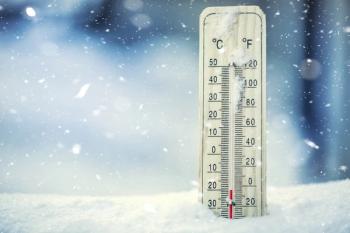
Genome-Wide Association Studies Identify Novel Risk Loci for Testicular Cancer
A meta-analysis spearheaded by The International Testicular Cancer Consortium has identified new susceptibility loci in the human genome that can increase a person’s risk of developing inherited testicular germ cell tumors.
A meta-analysis spearheaded by The International Testicular Cancer Consortium has identified new susceptibility loci in the human genome that can increase a person’s risk of developing inherited testicular germ cell tumors (TGCT).
According to the American Cancer Society, the incidence of testicular cancers has been growing in the United States, with an estimated 8850 new diagnoses and 410 deaths from the disease in 2017. Although not a common disease (incidence is 1 in every 263 males), TGCT is more common among young and middle-aged men, with the average age at diagnosis being 33 years.
The
For their current analysis, the study team evaluated a total of 3558 cases of TGCT along with 13,970 controls. The fixed-effects meta-analysis, which included an evaluation of genetic abnormalities on the X chromosome, identified 8 new loci that achieved a genome-wide significance: 2q14.2, 3q26.2, 4q35.2, 7q36.3, 10q26.13, 15q21.3, 15q22.31, and Xq28. The authors write that most of these loci “harbor biologically plausible candidate genes,” meaning they are potentially druggable. They also identified 4 independent single-nucleotide polymorphisms in previously identified regions.
Katherine L. Nathanson, MD, professor of Translational Medicine and Human Genetics at the Perelman School of Medicine at the University of Pennsylvania and a member of Penn's Abramson Cancer Center,
“These findings can guide us when trying to determine which patients are at a high risk of developing disease and who among them should be screened,” Nathanson said.
The study results have been published in
Newsletter
Stay ahead of policy, cost, and value—subscribe to AJMC for expert insights at the intersection of clinical care and health economics.







































